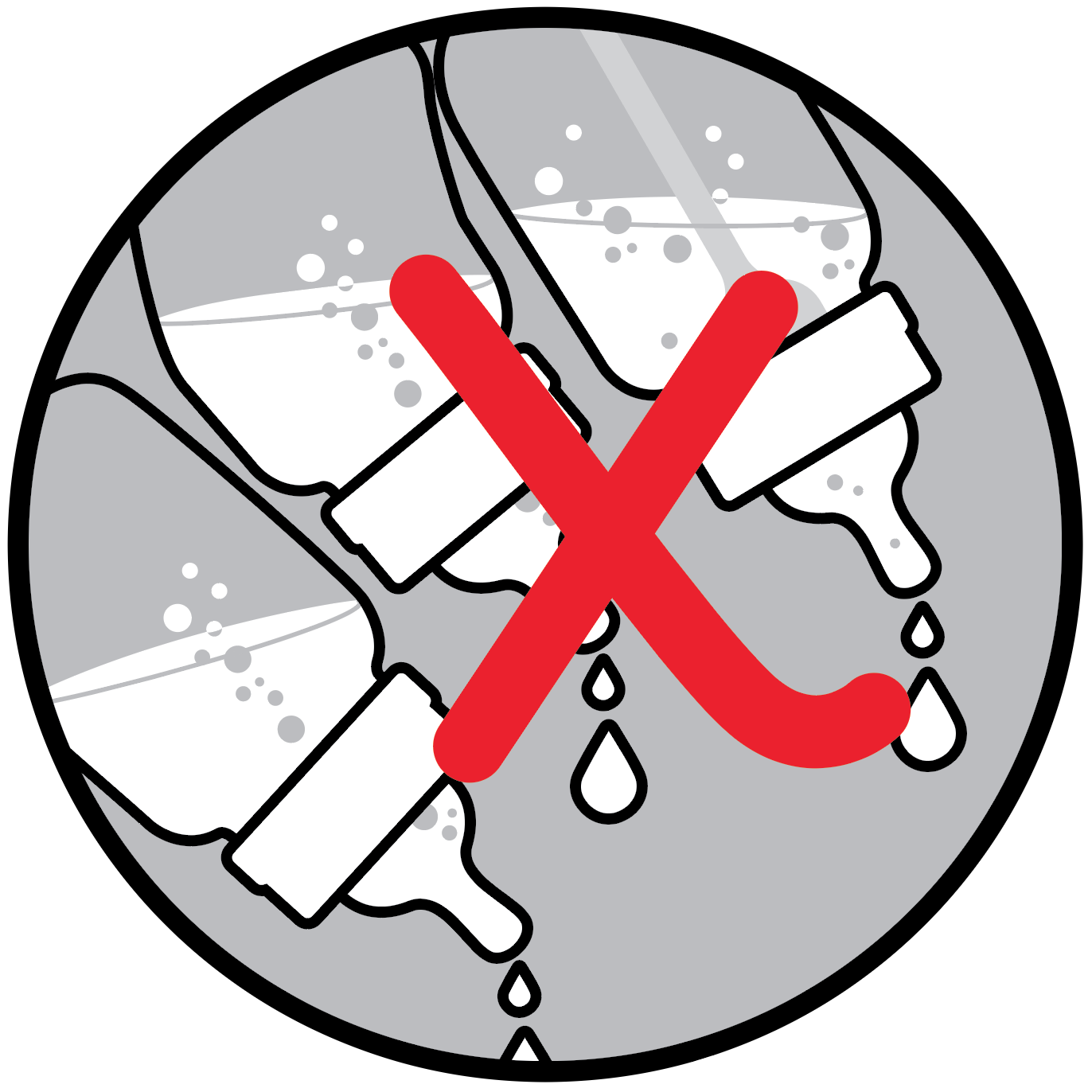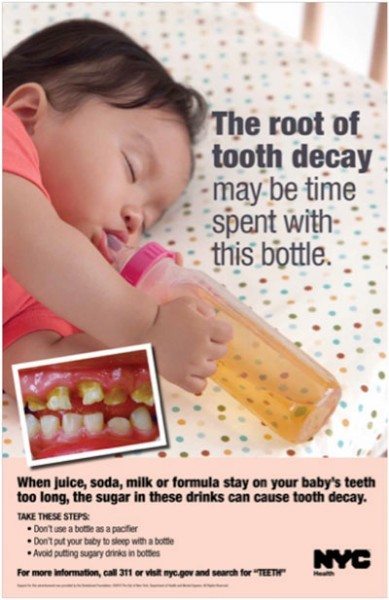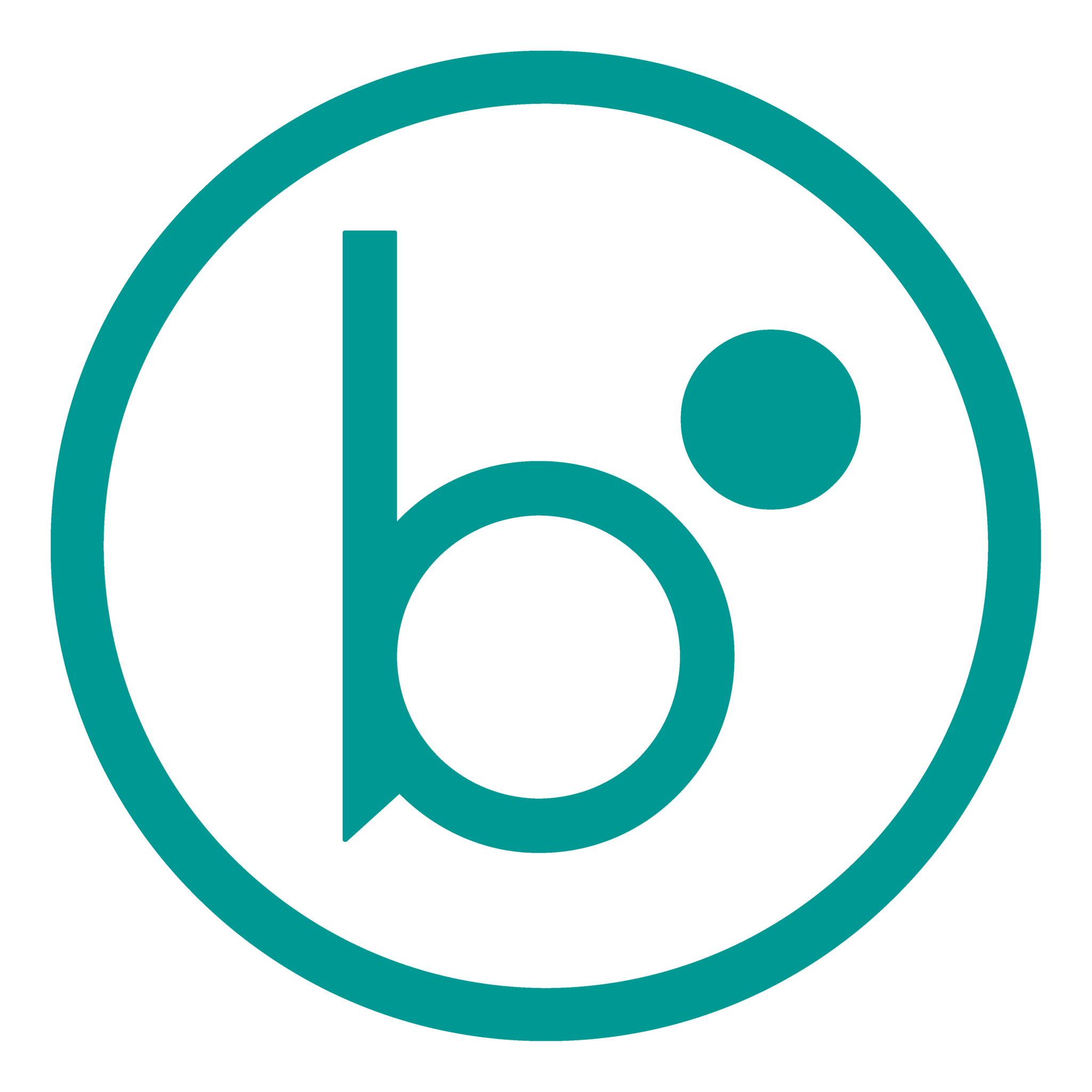

Baby bottle weaning is a challenge. The American Academy of Pediatrics (AAP) recommends baby bottle weaning as early as 6 months. However, traditional baby bottles make this milestone impossible to achieve. The older, the baby gets the more attached they become to their bottle.
Why is baby bottle weaning important?
Baby bottles are always a topic of interest. More studies are coming out showing the negative side effects. To mention a few, baby bottles abruptly disrupt breastfeeding. They tend to overfeed babies with free flow and are a direct link to obesity in young children. These bottles retain air which mixes with the milk and leads to painful gas and colic. Bottles exacerbate GER, AKA acid reflux, in babies. Babies falling down while holding a bottle with their teeth, result in injuries. Prolonged use of baby bottles can lead to tooth decay. And we can go on and on with details on why baby bottle weaning is so important.


Easiest way to get your baby off the bottle
Here’s how to get your baby to achieve that highly desirable self-feeding milestone as early as 4 months.
- Start early. One of the basic things required to transition your baby from bottles to sippy cups is to get them to sit upright. You can’t begin to introduce cups if your baby is accustomed to feeding in a horizontal position. To do this, get a feeding device that your baby can comfortably feed while you hold her sitting upright, such as Bare® Air-free feeding system. This system feeds your baby while sitting upright with face tipped down a bit, just like a sippy cup with a straw.
- The right product makes a big difference. Starting with a healthy routine is the key to unlock and achieve an early self-feeding milestone. And of course, introducing healthy habits to your infant is a gift that can have positive effects for the rest of her life. Get a feeding system that allows her to control the flow and pace of feeding. If you are breastfeeding, always hold your baby upright while feeding. See our previous post about best breastfeeding positions.
- Last, proper nutrition is essential. If you can’t breastfeed, try pumping and feed your baby your milk. Ask your pediatrician when to introduce solids. Some doctors will start as early as 4 months; others can delay solids until 9 months. Sitting in an upright position to eat solids help maintain that healthy routine. You can also introduce exercise early on. Instead of bottle-feeding your baby in a horizontal position and filling her until she passes out, Bare-feeding your baby keeps her awake.
What should you do next?
- 0 months: If your baby is a newborn, you are at the perfect time to make the change. Review the above and make smart decisions.
- 1-3 months: She is just around the turning point of comfort. By now your baby is probably settled on her “baby bottle.” She is also, probably experiencing the feeding discomfort typical of bottle-fed babies. It may take a little more work, but switching her now will save you and her a lot of crying time.
- 4-6 months: Well… it is now when you must make the hard turn. Enter the sippy cup, the rejection, and the crying!. Yes, you will cave and keep her on the bottle. You can use Bare® as a transition from the baby bottle to sippy cups.
- 7+ months: If your baby is not 100% on sippy cups by now, your pediatrician will demand you do so. You have an advantage, your baby now can drink other than just milk. Use this change to transition to cups. If you get rejection, Bare® Air-free will do the trick.
A recent clinical study showed that switching to Bare Air-free from traditional bottles resulted in significant reduction of feeding discomforts such as gas, colic, grunting, and spit ups which led to less crying, more awareness immediately after feeding, calmed, content behavior, and longer sleep time at night in 100% of the babies tested.
